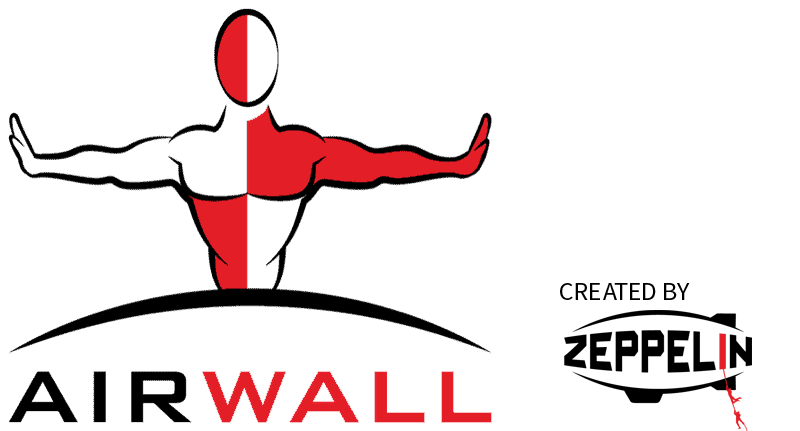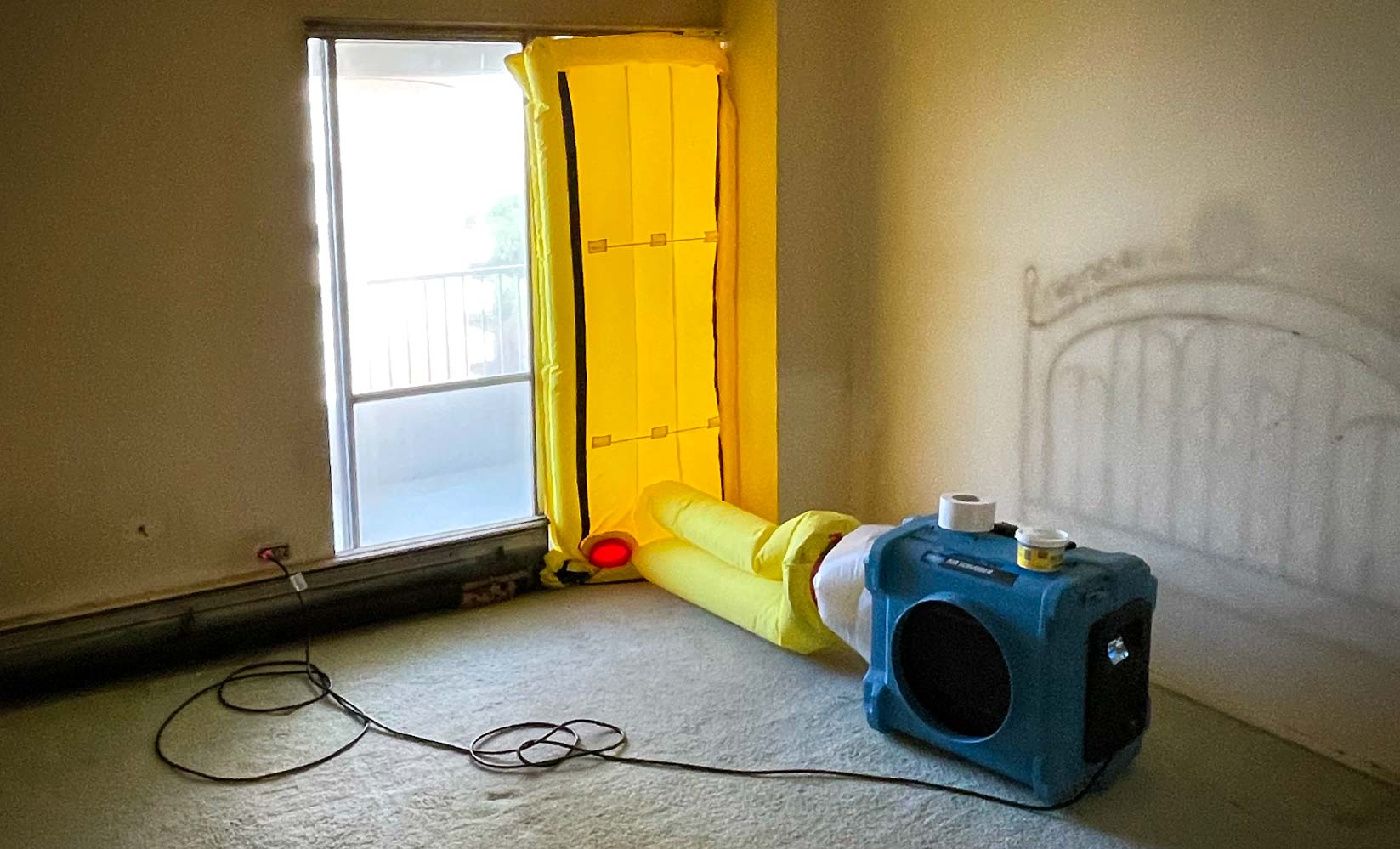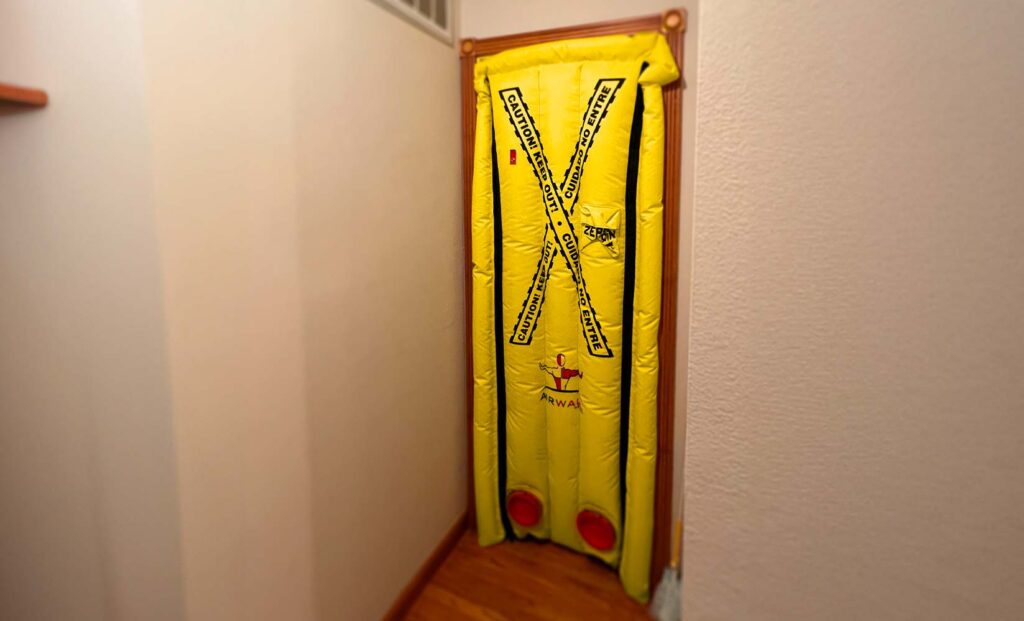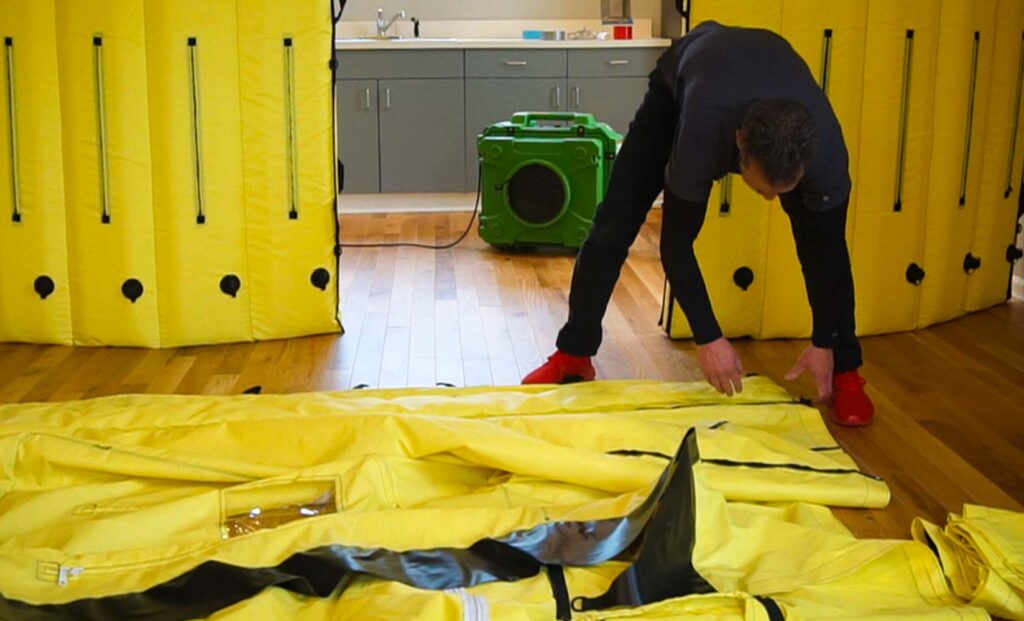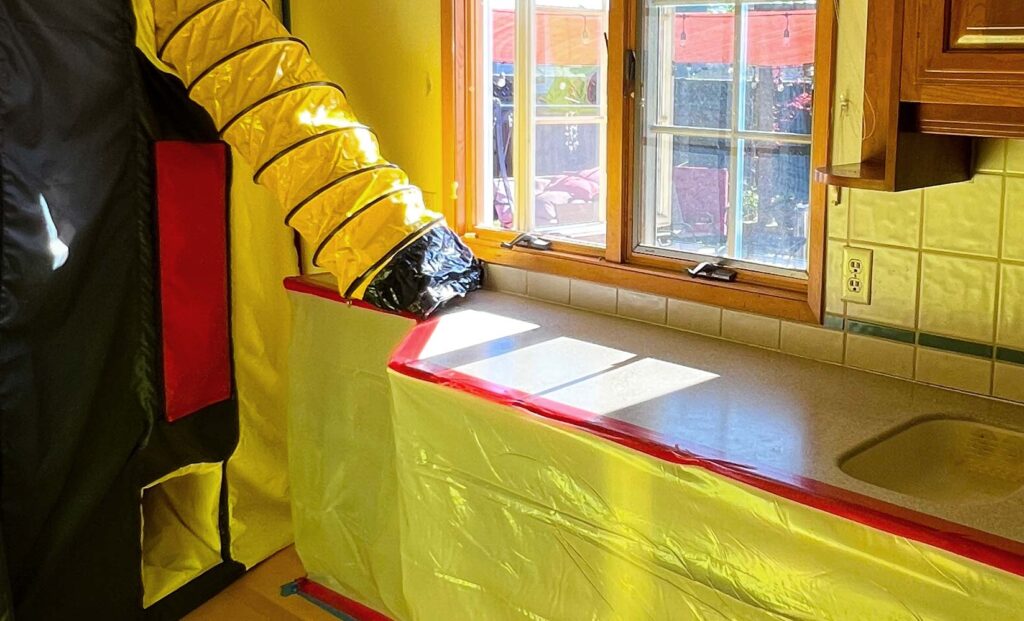Water damage is one of the most common and challenging issues faced by property owners. Whether it’s caused by flooding, plumbing leaks, or natural disasters, the consequences of water intrusion are devastating. Swift and efficient drying is crucial to prevent further damage and mold growth, ensuring the property is restored to its pre-damage condition. In this blog, we delve into the science behind the drying process and explore the essential techniques used to restore water-damaged properties.
Understanding the Drying Process
The drying process is grounded in the principles of thermodynamics and the behavior of water vapor. When water infiltrates a structure, it begins to evaporate into the surrounding air, increasing the humidity levels in the affected area. Higher humidity slows down evaporation, making it essential to control and regulate the moisture levels during the drying process.
Dehumidification and Moisture Removal
One of the key components of water damage restoration is dehumidification. Professional restoration companies employ powerful dehumidifiers to extract moisture from the air. These machines work by passing humid air over cold coils, causing water vapor to condense and collect in a reservoir. This process reduces humidity levels, accelerating the evaporation of water from the affected surfaces.
Air Movement and Evaporation
Air movement plays a crucial role in speeding up the drying process. Restoration experts use specialized fans and air movers to create directed airflow over the wet areas. This increased circulation enhances the rate of evaporation, allowing moisture to transition from solid and liquid states into vapor. Proper air movement also helps prevent the growth of mold and mildew, which further damages the property and poses health risks.
Temperature Control
Temperature control is another important aspect of the drying process. Warmer air holds more moisture, thus increasing evaporation rates. Restoration professionals often use heaters and HVAC systems to maintain the ideal temperature range for efficient drying. However, extreme heat also leads to problems, such as warping of wood or other materials, so careful monitoring is necessary to strike the right balance.
When it comes to temperature/moisture control, air movement, dehumidification and evaporation, AIRWALL has the products you need to get the job done. Our AIRWALL containment systems help you streamline your restoration project while being environmentally friendly. Take a look at all of our containment systems and accessories to help your restoration team with every project!
Monitoring and Data Analysis
Drying a water-damaged property is not a one-size-fits-all process. Each restoration project requires careful assessment and data analysis. Experts use advanced moisture meters and thermal imaging cameras to assess the extent of water damage and monitor the drying progress. This data helps them make informed decisions and adjust the drying equipment as needed to achieve optimal results.
Importance of Professional Restoration
Attempting to dry a water-damaged property without proper knowledge and equipment leads to disastrous consequences. Inadequate drying results in hidden moisture pockets within the building structure, leading to long-term issues like mold growth, structural damage, and compromised indoor air quality. Hiring professional restoration services ensures that the drying process is conducted with precision and expertise!
Preventative Measures for Future Protection
Once a water-damaged property has been successfully restored, implementing preventative measures is crucial to avoid future incidents. Routine inspections of plumbing systems, proper drainage, and regular maintenance helps prevent water-related disasters from happening again and being worse than before! Additionally, installing moisture detection devices and using water-resistant building materials provide an added layer of protection against potential water damage.
The science of drying a water-damaged property is a meticulous process that requires a deep understanding of thermodynamics, humidity control, and moisture management. Utilizing state-of-the-art equipment, professional restoration companies efficiently restore properties to their pre-damage condition, preventing long-term consequences like mold growth and structural deterioration. By prioritizing timely and effective drying, property owners safeguard their investments and maintain a safe and healthy living environment. Remember, when it comes to water damage restoration, seeking professional help is the key to a successful recovery!
